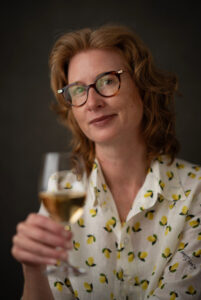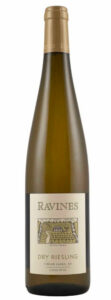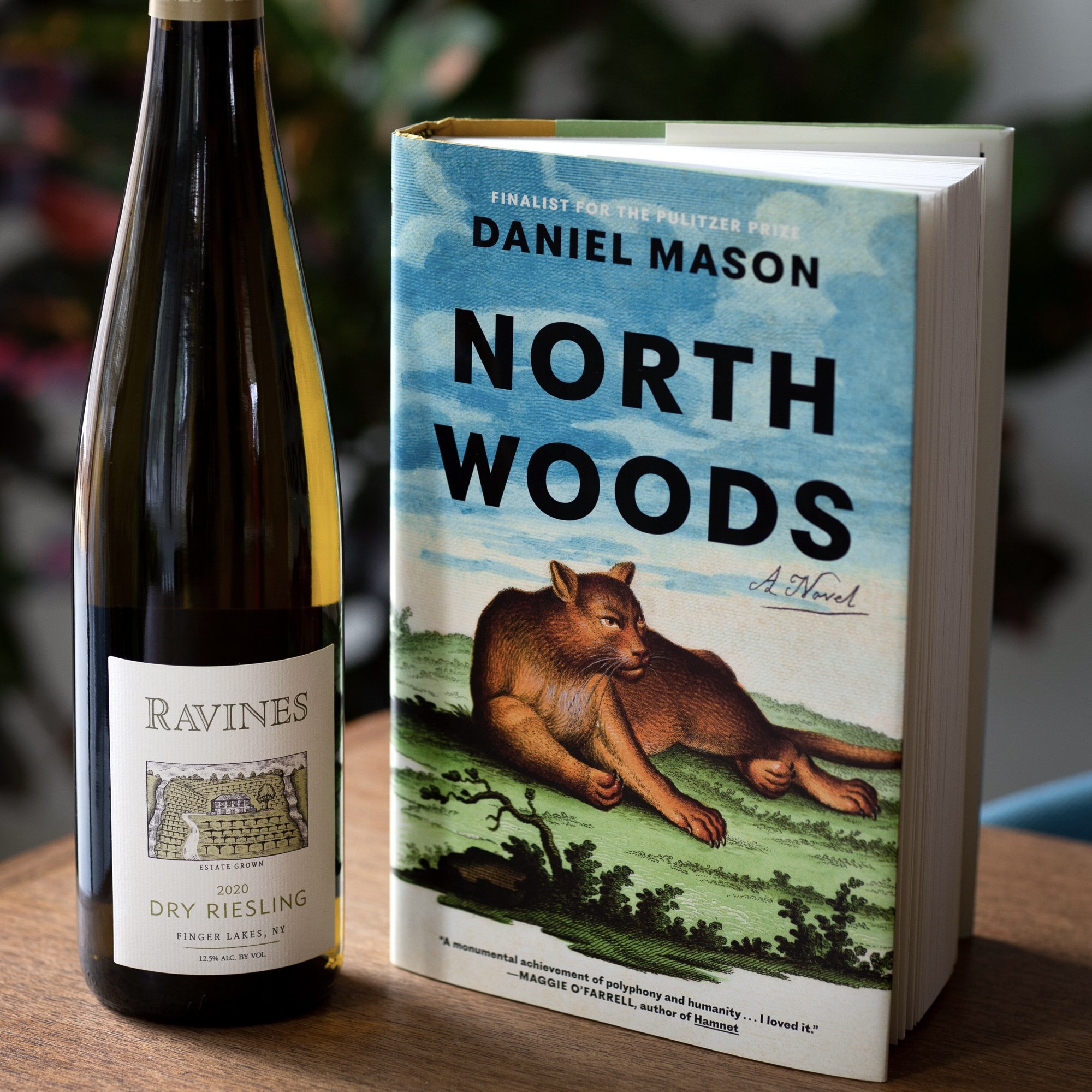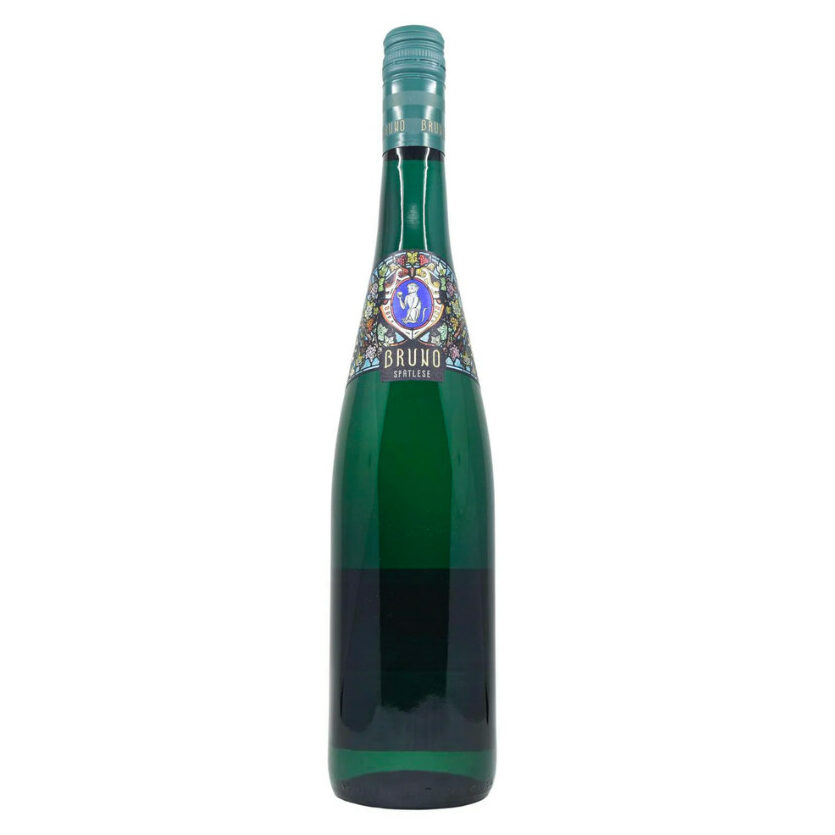
Jennifer Simonson
Jennifer is a writer, photographer and wine enthusiast who publishes a blog called Bookworm, in which she pairs wine with books. It combines two of her favorite pastimes and is intended to make both reading and sipping wine more enjoyable. She recently received her WSET Level 3 in Wines certification through France 44 Wine & Spirits Education. She lives in Linden Hills and enjoys running around the city lakes, gardening, cooking and making art.
Pairing books and wine is not unlike pairing food and wine, in that I look for areas of congruence and/or contrast, always in search of balance. The pairing can be inspired by many things – a character’s personality, the writing style, the author, where the novel takes place, or my final impression after reading a book. Most books have multiple pairing options, and to create your own, simply consider what elements speak most to you.
Below is a summary of a recent pairing that incorporates one of my favorite grape varieties, Riesling. While it’s made in a range of styles from dry to sweet, with its naturally high acidity, Riesling is always refreshing. (Perfect for spring and summer!) If this pairing inspires you to explore more Riesling, consider the additional recommendations at the end of this post.
And visit my Bookworm blog for the complete book review, wine tasting note, and a lengthier explanation about why the pairing is successful.
The Book: North Woods by Daniel Mason
 Broadly, this novel is about a home in New England and all of its inhabitants from colonial times to the present day. It’s filled with evocative language, imaginative characters and delightful surprises – and it’s one of the best books I’ve read in years. While the story is dark at times, it’s also humorous and hopeful.
Broadly, this novel is about a home in New England and all of its inhabitants from colonial times to the present day. It’s filled with evocative language, imaginative characters and delightful surprises – and it’s one of the best books I’ve read in years. While the story is dark at times, it’s also humorous and hopeful.
Among the memorable characters are an orchardist, spinster sisters, a painter, a spirit medium, a mother devoted to her schizophrenic son, and an amateur historian. Their emotional lives are rich with longing, delight, absurdity and deceit. While the people in the home come and go, it is a testament to Mason’s skill as a writer that we remain immersed in their stories.
Nature is featured as largely as any of the characters in the book, and the wooded, rural landscape is described with extraordinary attentiveness. The natural world is a constant, albeit evolving, presence. The chapters follow the months and seasons, illuminating the interconnectedness of all living things.
The author links the home’s inhabitants – and the landscape around them – in extraordinary ways, shining a light on the mystery and magnificence of human existence. North Woods is at once a majestic exploration of the centuries and a detailed study of a specific place. Both undergo tremendous change, filling us with curiosity about the past, wonder at the present, and inevitably, hope for the future.
 This dry Riesling comes from the Finger Lakes AVA in central New York State, which is known for it’s deep glacial lakes, gorges, waterfalls and woods. In this cold climate, producers Morten and Lisa Hallgren seek to make wines that “embrace mother nature’s variability.”
This dry Riesling comes from the Finger Lakes AVA in central New York State, which is known for it’s deep glacial lakes, gorges, waterfalls and woods. In this cold climate, producers Morten and Lisa Hallgren seek to make wines that “embrace mother nature’s variability.”
Floral aromas of honeysuckle and orange blossom mingle with lemon zest, lime, fresh apricot, just-ripe pineapple, yellow apple and wet stones. This wine is medium bodied with a citrus-forward palate and refreshing acidity, and it’s absolutely delicious.
Why the Pairing Works
For me, Ravines Dry Riesling evokes the lush, forested environment that Mason describes so eloquently in North Woods. Imagine a New England landscape where “(s)lugs leave hieroglyphs on the beech bark,” and a brook “splits the hillside like a tear in the fabric of the earth.” Just as the seasons are integral to this story, so too is climate to wine producers in the Finger Lakes.
While winter here is generally too cold for Vitis vinifera, the exceptionally deep lakes create a special microclimate that allows for viticulture. (Several of these glacial lakes are deeper than the sea floor!) Large bodies of water cool down and heat up more slowly than the surrounding land, which circulates air and moderates temperatures in the nearby vineyards. The best vineyards in the region are located on the steep-sloped shores of lakes Seneca, Keuka and Cayuga.
This Riesling embodies its extraordinary growing region and pairs perfectly with North Woods, where nature takes center stage.
Other Rieslings to Try
While cold-tolerant, late-budding Riesling thrives in the Finger Lakes, most world-class Riesling comes from Germany. Autumn is long, cool, and generally dry, allowing grapes to reach peak sugar ripeness and to retain acidity. Stylistically, the wines range from dry to very sweet. Riesling is known for its ability to age in the bottle where it develops aromas and flavors of honey and toast, but maintains freshness.
The following two German Rieslings are among my favorites at France 44, and they are quite different from one another:
This dry sparkling wine is made using the traditional method, just like Champagne, but it’s produced in the Pfalz from 100% Riesling. The organic grapes are hand harvested, and only the first 50% of the pressing goes into this wine. The base wine is fermented in stainless steel and large oak barrels. Then, it undergoes the traditional second fermentation in bottle, capturing the carbon dioxide, and spends 30 months on the lees.
The lees, which are dead yeast cells, break down and impart texture, richness and notes of brioche. Ripe apple, pear and lemon zest round out the nose and palate, and the bubbles are energetic and refreshing.
I first tasted this wine in a German Wines class at France 44, and I immediately loved it. I was told it’s phenomenal with fried chicken – a pairing I can’t wait to try!
The Karthäuserhof winery in the Mosel is the eighth oldest in the world, dating back to 1335 when Carthusian monks farmed the vineyards. Today, it’s managed by the 7th generation of a family who has owned it since 1811.
While this estate produces mostly dry wines, this one is sweet. Spätlese means late harvest, so as the grapes hang on the vine they accumulate sugar. The riper grapes produce wines with greater flavor concentration and body, which is immediately evident in this wine.
On the nose and palate, expect ripe fruit like apricot, peach, apple, pear, and pineapple, as well as orange blossom, wet stones and ginger. And while the sweetness is noticeable, it’s perfectly balanced by high acidity and fruity flavors.
At 8.5% ABV, this low-alcohol wine pairs nicely with spicy foods as alcohol tends to exacerbate the burning sensation of chili heat.

![[C] Von Buhl Pfalz Sekt NV](https://www.france44.com/wp-content/uploads/2024/04/4080248790.jpg)
